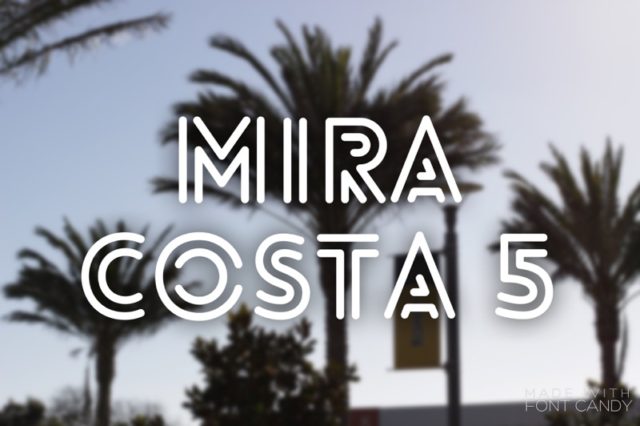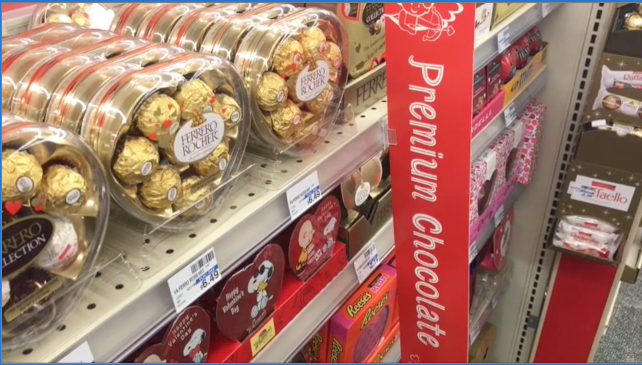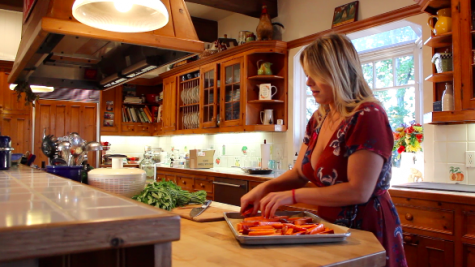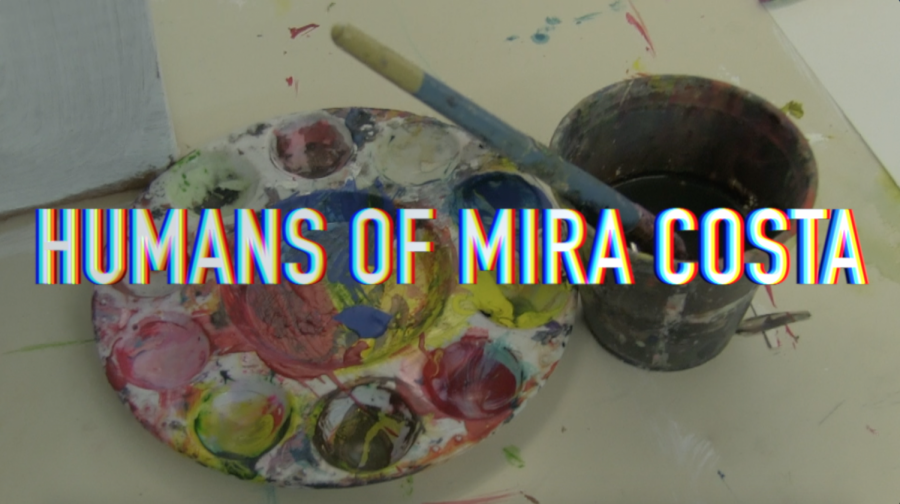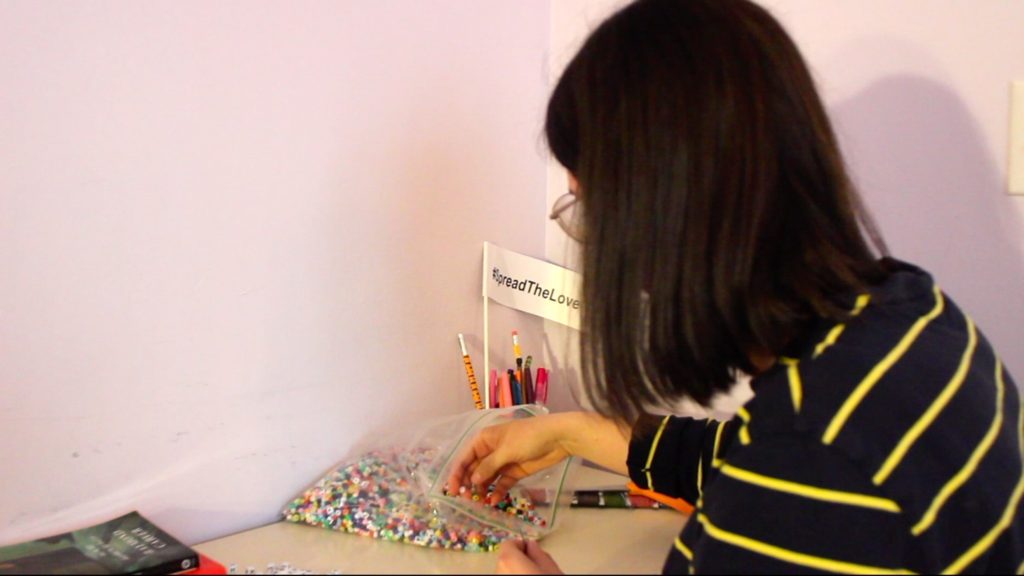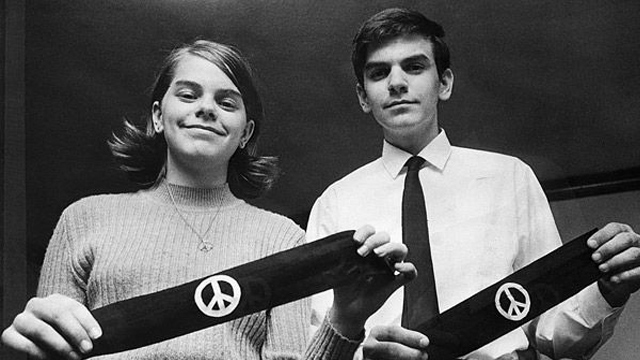When most people think of Halloween, they think of trick-or-treating, scary costumes, and parades. However, these things were not a part of the original holiday that dates back over 2,000 years ago. Here are some things that you may not have known about the holiday that is celebrated all around the world.
1. Where did Halloween originate?
Halloween is thought to have originated from the ancient Celtic festival of Samhain which took place on November 1st of every year. The Celts lived over 2,000 years ago in what is now present-day Ireland, the United Kingdom, and Northern France. During this festival, the Celts would honor all of their ancestors, saints, and martyrs. On the night before this festival took place, the Celts believed that the ghosts of those who died would return to their land and roam around. In order to please these ghosts, the Celts would leave food and wine at their doorsteps all night and dress up as ghosts when they left their homes so that they would be mistaken for fellow ghosts. This night before the Festival of Samhain became known as All Hallows’ Eve after the church changed the name of Samhain to All Saints Day or All Hallows. It later became Halloween once it began to spread around the world.
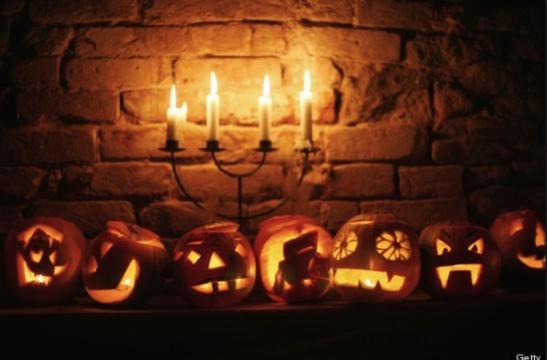
2. When did trick-or-treating begin?
The tradition of trick-or-treating began in the middle ages around All Saints Day and All Hallow’s Eve (Halloween) when children and poor adults would go door to door and beg for food or money. In return for these things, the children and/or adults would sing or pray for them, which were often on the behalf of the dead, given the time of the year. This was originally dubbed “souling” and made its way into the U.K. around the start of the 19th century. Children in the U.K. would beg for fruit or money and in return would tell jokes, sing songs, play an instrument, or perform in some other way. This later made its way into North America in the late 19th century and eventually turned into the American tradition of asking for candy on All Hallow’s Eve. This became known as trick-or-treating in the 1920s and 1930s.
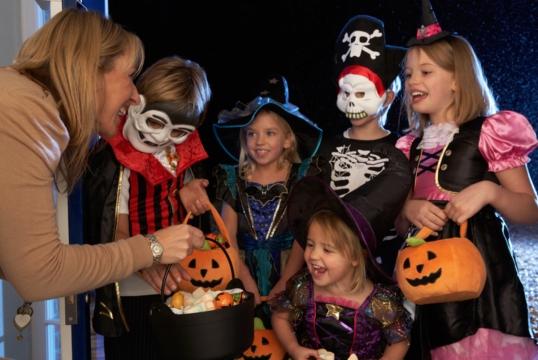
3. Why do we carve pumpkins?
Carving pumpkins on Halloween is a tradition that stemmed from an old Irish legend about an old, drunk farmer who made dealings with the devil that did not turn out so well. After his death, he was rejected from both heaven and hell and therefore was forced to roam in the darkness of purgatory for the rest of eternity. In order to light his way, the old farmer used a turnip and lump of burning coal to guide his wandering soul. Because of this, the Irish made their own renditions of the turnip lantern every Halloween to scare off the old farmer and other spirits.
This tradition came to America from Irish immigrants, however, upon their arrival, they found an abundance of large, orange fruits growing in the fields of North America. They decided to use these pumpkins instead of turnips for their lanterns. This became known as a jack-o-lantern and is now an American tradition.
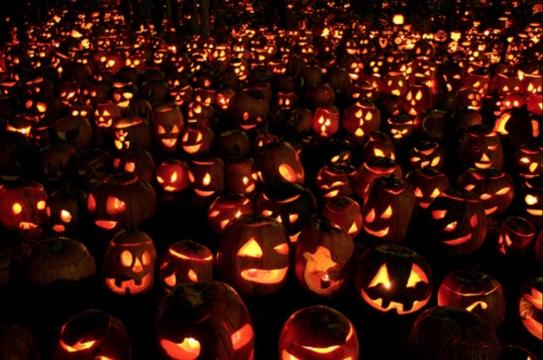
4. How did Halloween become commercialized?
As the holiday became more popular around the world, it also became more profitable for stores and companies. Halloween started to become commercialized in the 1900s when postcards and other paper decorations started to appear in stores. About 30 years later, store-bought Halloween costumes became more popular and the idea of trick-or-treating hit America in the 1950s. As these items became more popular throughout the years, more and more companies started producing them, contributing to the commercialization of Halloween. As the holiday becomes more popular over time, the more commercialized and profitable the holiday gets.
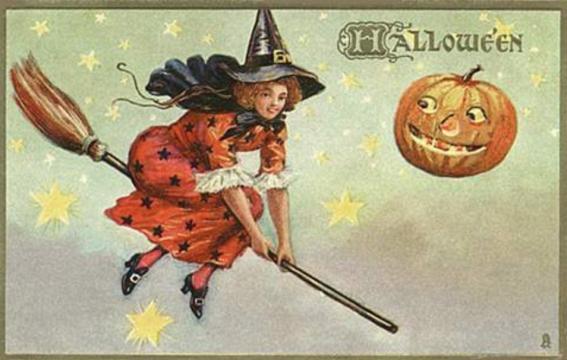
5. What do other countries do on Halloween?
In Austria, some people leave food and drinks including bread and water as well as a lamp on a table on Halloween night. Austrians practice this tradition because they believe that these three items would draw the dead back to earth where they would be welcomed on a night which they believe has strong cosmic energies.
The Halloween festival in China is known as Teng Chieh and it is held to honor one’s dead ancestors. They place food and water in front of old family photos of those who passed away while lighting bonfires and lanterns that symbolize the route those spirits will take as they travel back to earth on Halloween night.
In Ireland, which is believed to be the birthplace of Halloween, the tradition is still celebrated to its full extent, similarly to in the United States. Bonfires are still lit on Halloween night, as they were when the Celts celebrated, and children spend their nights in costumes while trick-or-treating. At parties, the Irish play games such as “snap-apple” which is their version of bobbing for apples. Instead of dunking your head in water, the Irish put apples on a string and tie them to a doorframe or a tree where they are hung and people try to take a bit out of them. Also, parents often set up treasure hunts for their children where they win sweets or pastries. “Barmbrack” is a traditional Irish Halloween food which is a type of fruitcake. A muslin-wrapped treat is baked inside the cake which can presumably foretell the future of the one who finds it.



